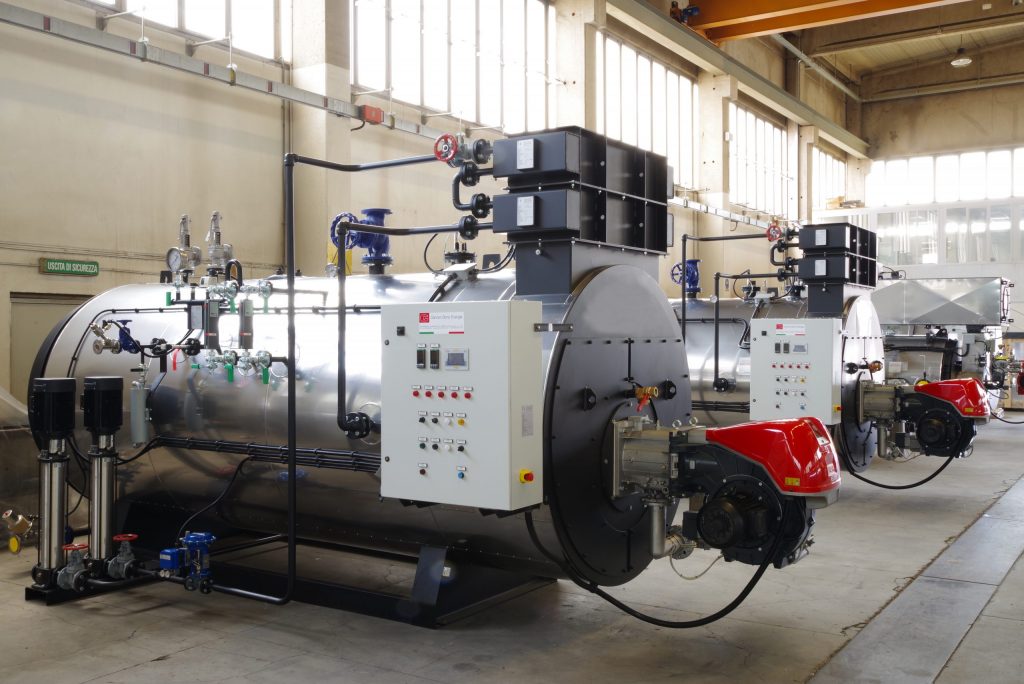A boiler is a closed container in which fluids are heated. Heat is transferred from the boiler to various processes or applications for heating. Boilers are classified according to the method of fluid transportation within them. In fire-tube boilers, hot gases from a fire pass through tubes (coils) that are surrounded by water.
The purpose of this article is to explain the coil design of fire-tube boilers and how to optimize them for peak efficiency.
Why More Homes are Choosing Coil Boilers
As home heating costs continue to rise, many homeowners are looking for ways to cut down on energy expenses. One way to do this is by switching to a fire tube boiler. Coil boilers are becoming increasingly popular because they are more efficient than traditional boilers.
Fire tube boilers work by circulating hot water through a series of coils. This heats the water more evenly than in a traditional boiler, which means that less energy is wasted. Coil boilers also have a shorter warm-up time than traditional boilers, so you can start saving on your heating bills immediately.
If you’re thinking about switching to a fire tube boiler, be sure to talk to a qualified heating contractor. They can help you determine if a coil boiler is a right choice for your home and budget.
Reasons to Switch to a Fire Tube Boiler Coil
If you’re considering a new boiler for your home or business, you may be wondering if a fire tube boiler coil is the right choice. Here are 5 reasons why a fire tube boiler coil may be the best option for you:
1. Fire tube boiler coils are more efficient than other types of boilers, meaning they can save you money on your energy bills.
2. Fire tube boiler coils are less likely to develop leaks than other types of boilers, meaning you won’t have to worry about costly repairs.
3. Fire tube boiler coils are easier to operate than other types of boilers, meaning you can save time and hassle when it comes to maintenance.
4. Fire tube boiler coils are made with high-quality materials that can withstand years of use, meaning you can enjoy a long-lasting investment.
Coil Boiler Design: How to Optimize for Peak Efficiency
An enclosed water vessel in which hot gases from fire travel through tubes is called a fire-tube boiler. Through thermal conduction, the gases transfer their heat to the water inside the tubes, generating steam.
The design of fire-tube boilers has evolved over time, with the goal of increasing efficiency and reducing emissions. One important factor in optimizing fire-tube boiler performance is the use of coils. Coils are loops of tubing that are placed inside the boiler shell.
The purpose of coils in a fire-tube boiler is twofold: to increase the surface area for heat transfer, and to create a counterflow process that maximizes heat transfer and efficiency. By providing more surface area for heat transfer, coils can help reduce overall fuel consumption.
Coil Boiler Operation: Tips for Best Results
During the process of burning fire, hot gases pass through one or more tubes running through a container of sealed water. The heat of the gases is transferred through the walls of the tubes by thermal conduction, heating the water and creating steam.
Coil boilers are highly efficient and offer many advantages over other types of boilers. Here are some tips for getting the best results from your coil boiler:
1. Make sure the coil is clean and free of debris before firing up the boiler. A clean coil will ensure maximum heat transfer and efficiency.
2. Be sure to follow the manufacturer’s instructions for operating the boiler. Each type of boiler has its own specific operating procedures that must be followed for safe and efficient operation.
3. Regular maintenance is essential for keeping your coil boiler in top condition.
